Despite its violent ending, Children of the Sun is actually described as a dark comedy - in a way that feels familiar to how Chekov categorized much of his work as "comedic." The play was not the most popular of Gorky's works -- his short stories and memoirs garnered more acclaim than his theatrical writing -- but it has been adapted multiple times over the years, most recently in 2013 by Andrew Upton, and remains remarkably (and unsettlingly) relevant to modern audiences.
Creating Jane: An exclusive interview with Jane Eyre co-adapter and actor, Charlotte Northeast!4/25/2023
Charlotte is an actor, director, educator, administrator, and writer who called PAC her artistic home for ten years. She is a two-time Barrymore Award winner, and has appeared on numerous area stages including at InterAct Theatre, Lantern Theatre, Act II Playhouse, Theatre Exile, Passage Theatre, Azuka, and Delaware Theatre Company, to name just a few. She is also a Co-creator and performer of the widely lauded The Complete Works of Jane Austen (Abridged). We asked Charlotte to share some insight into the creation of this new Jane Eyre adaptation, and what it means to inhabit its heroine.
|
AuthorPhiladelphia Artists' Collective ArchivesCategories |

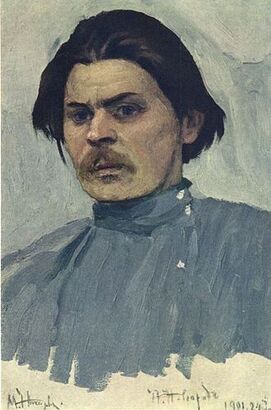
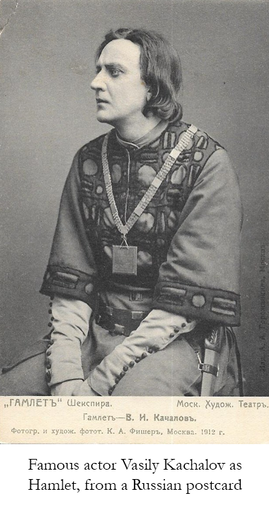
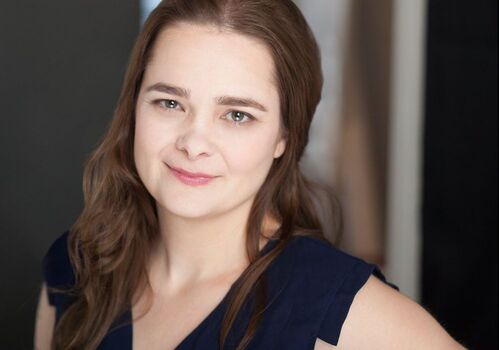

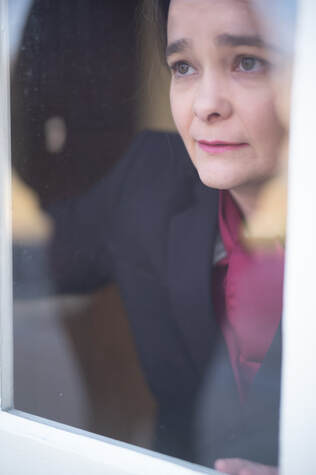
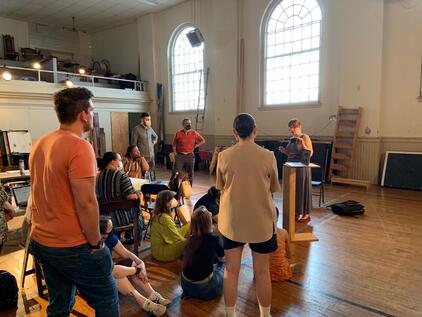
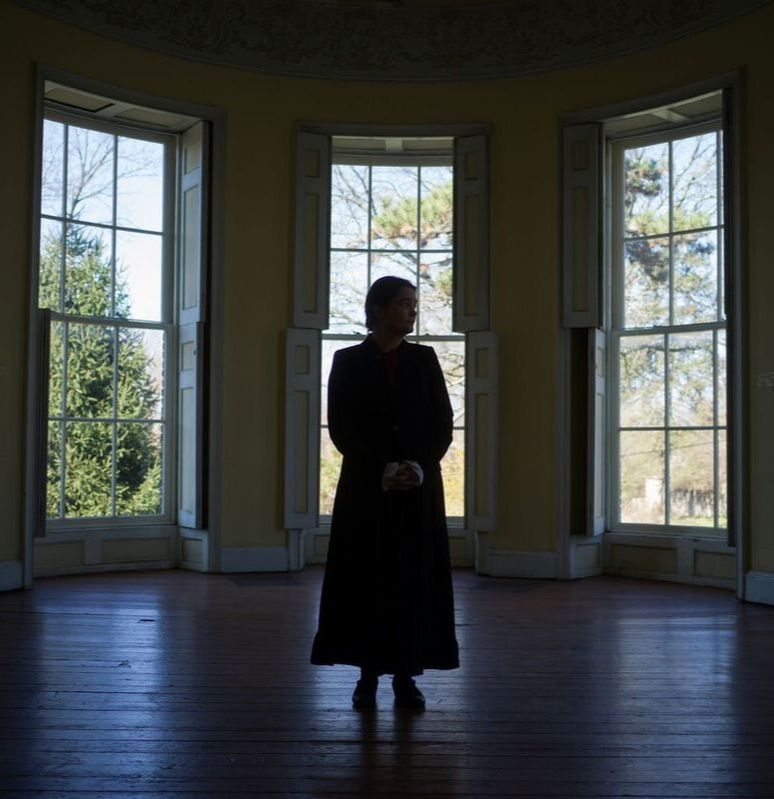
 RSS Feed
RSS Feed
